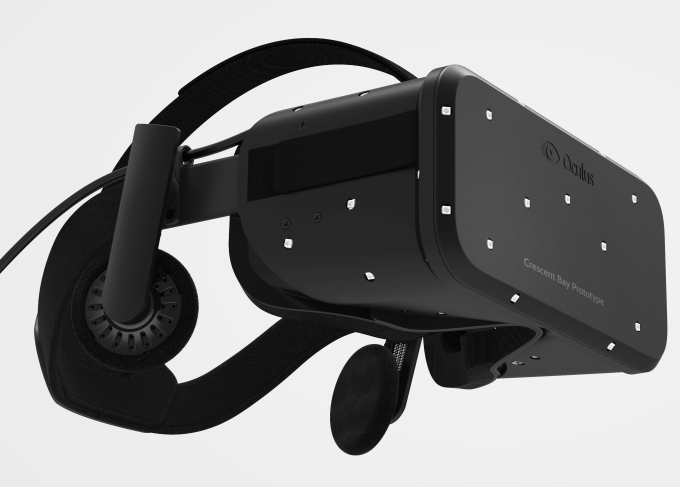Oculus has revealed a brand new developer kit for the amazing Oculus Rift, and this time it’s packed with features which make previous versions of the device seem primitive.

The new Oculus Rift Crescent Bay prototype features built in headphones and a lighter frame, meaning it won’t put as much strain on your neck whilst in use.
The major upgrade to the device is 360 rotating head tracking, which literally does what it says on the tin, basically allowing the device to know where you’re looking, with what angle, elevation and other statistics taken into account.

Oculus CEO Brandon Iribe was pleased to announce that 100,000 Oculus Rift developer kits have been shipped out to date, going to 130+ countries.
“If you love sci-fi, this is your holy grail. Today it is happening. Virtual reality is here. Just let that sink in. We thought about flying cars, maybe hover boards, and virtual reality. Now it’s here. Our mission is to transform gaming, entertainment, and how we interact…We’re really sprinting towards the consumer version.”
SEE ALSO: Amazon Kindle Voyage Ready for Pre Order
On top of this, a few extra bits and piece for Oculus Rift have come to light. Oculus has, since last night, released the technical data for their original first developer kit on open source hosting site Github. This means that the data can be used for developers to upgrade their apps, now they know at least how the most basic version works.

On top of this, Oculus also announced that the Oculus Platform marketplace is on the way this Autumn, meaning that developer creations can finally be showcased in a store setting for potential buyers or backers to see.
SEE ALSO: Google and Dropbox Increasing Security
It’s been an exciting year for Oculus, who started on Kickstarter and managed to generate $2.5 million in funding from their first campaign.
Coupled with a further investment of nearly $100 million by just 6 venture capitalism firms, as well as the acquisition of the company by Facebook, Oculus represents one of the first serious attempts to bring virtual reality into its next generation, and into homes across the globe.
Source: TechCrunch
Via: The Verge
